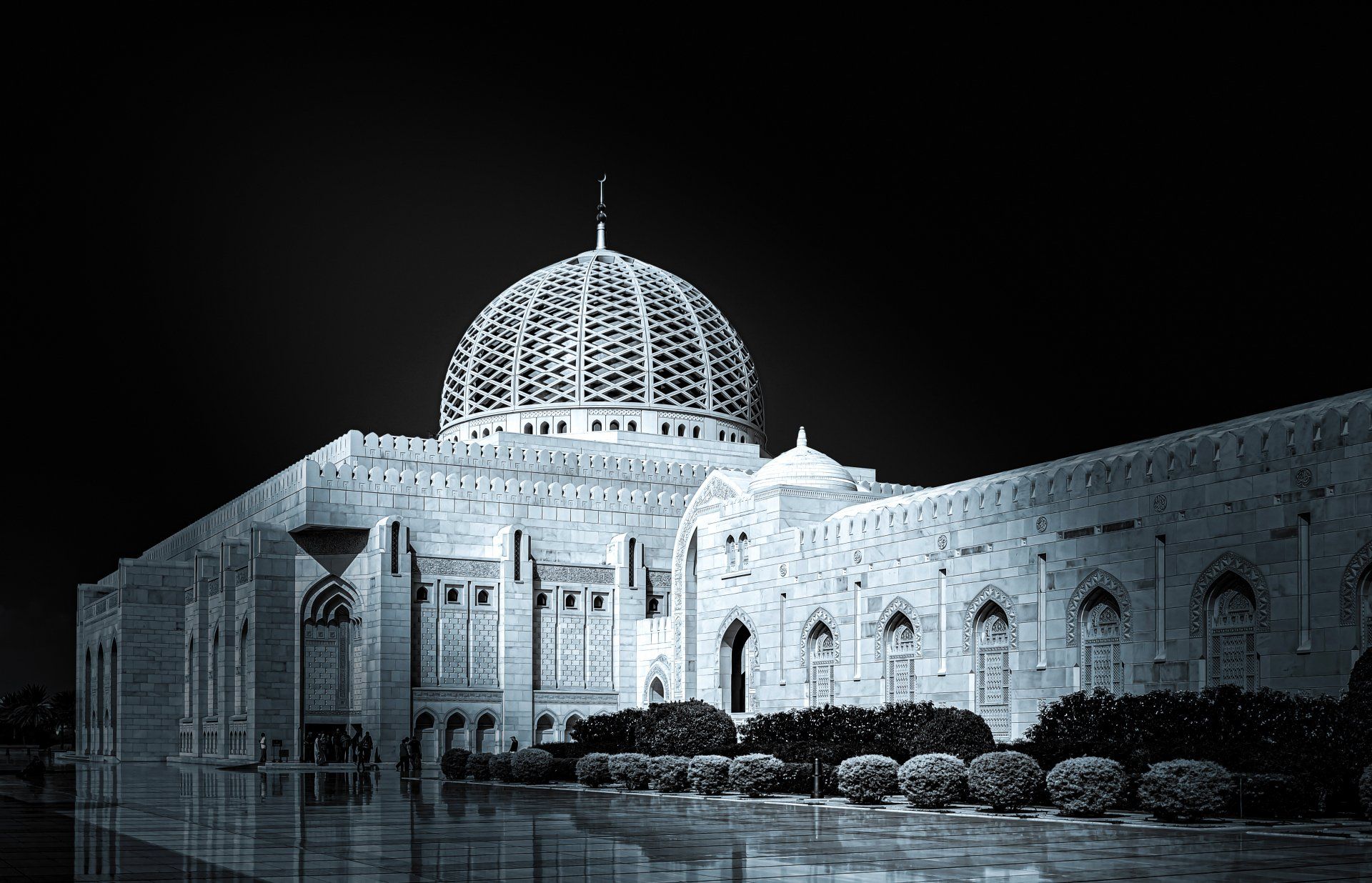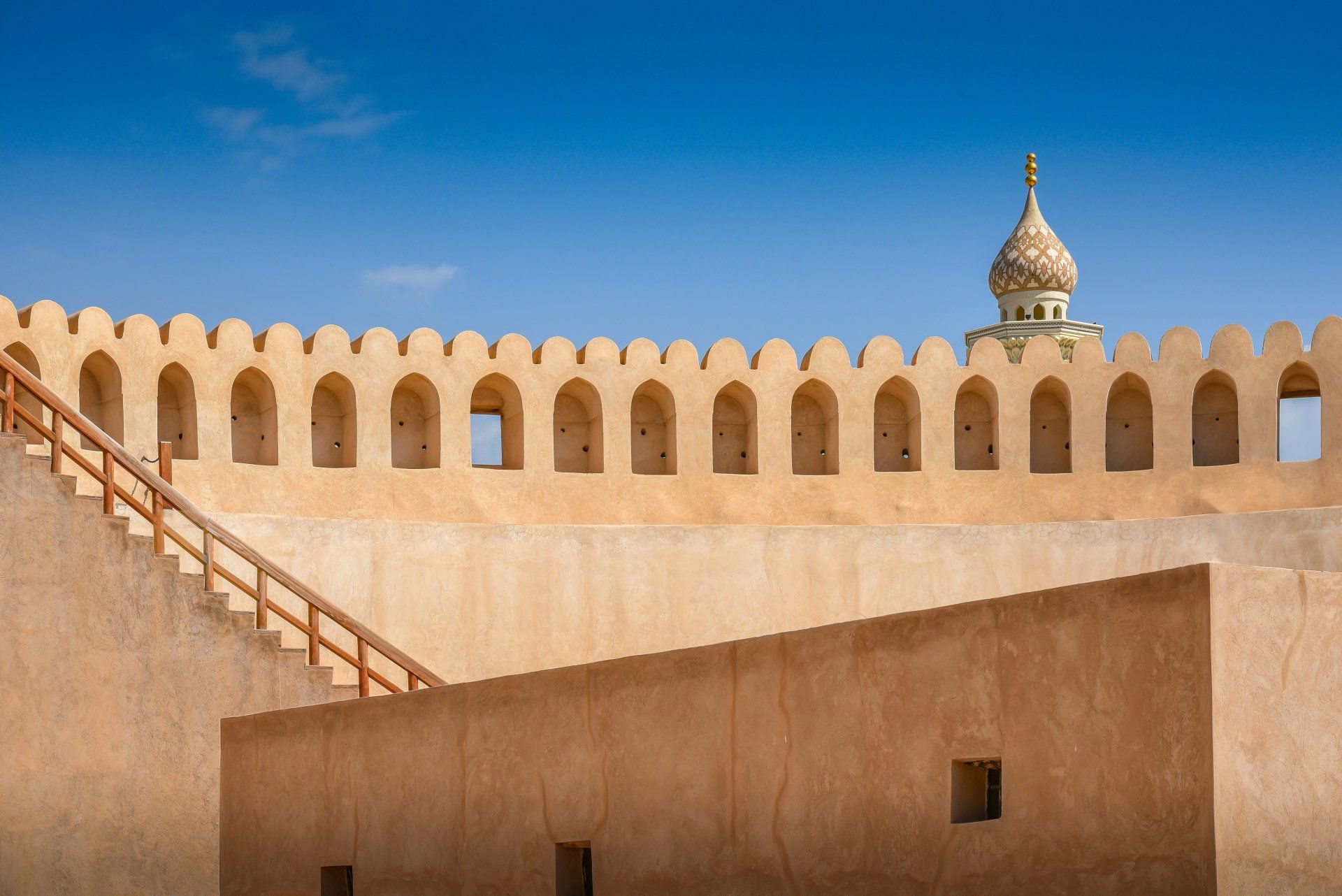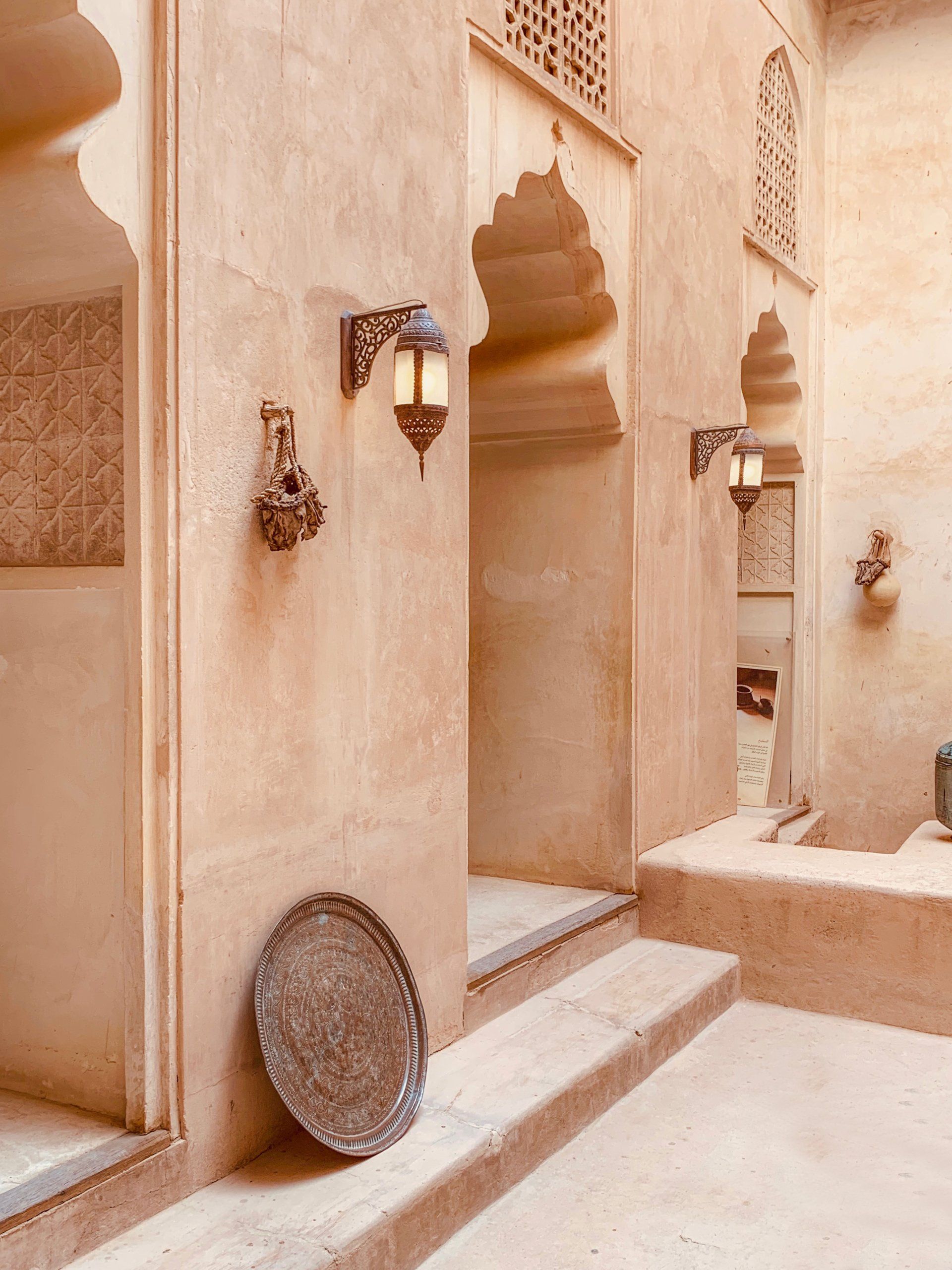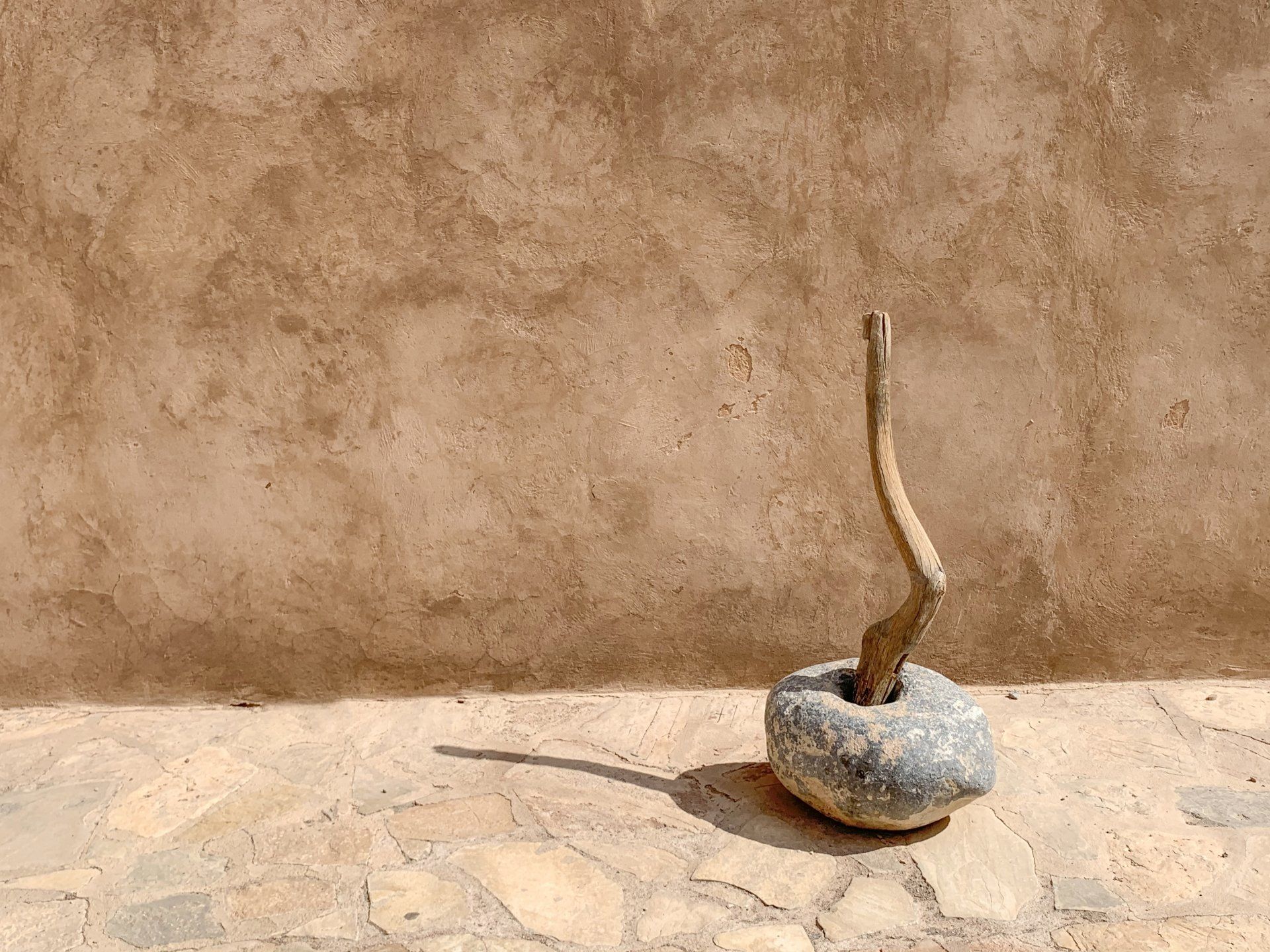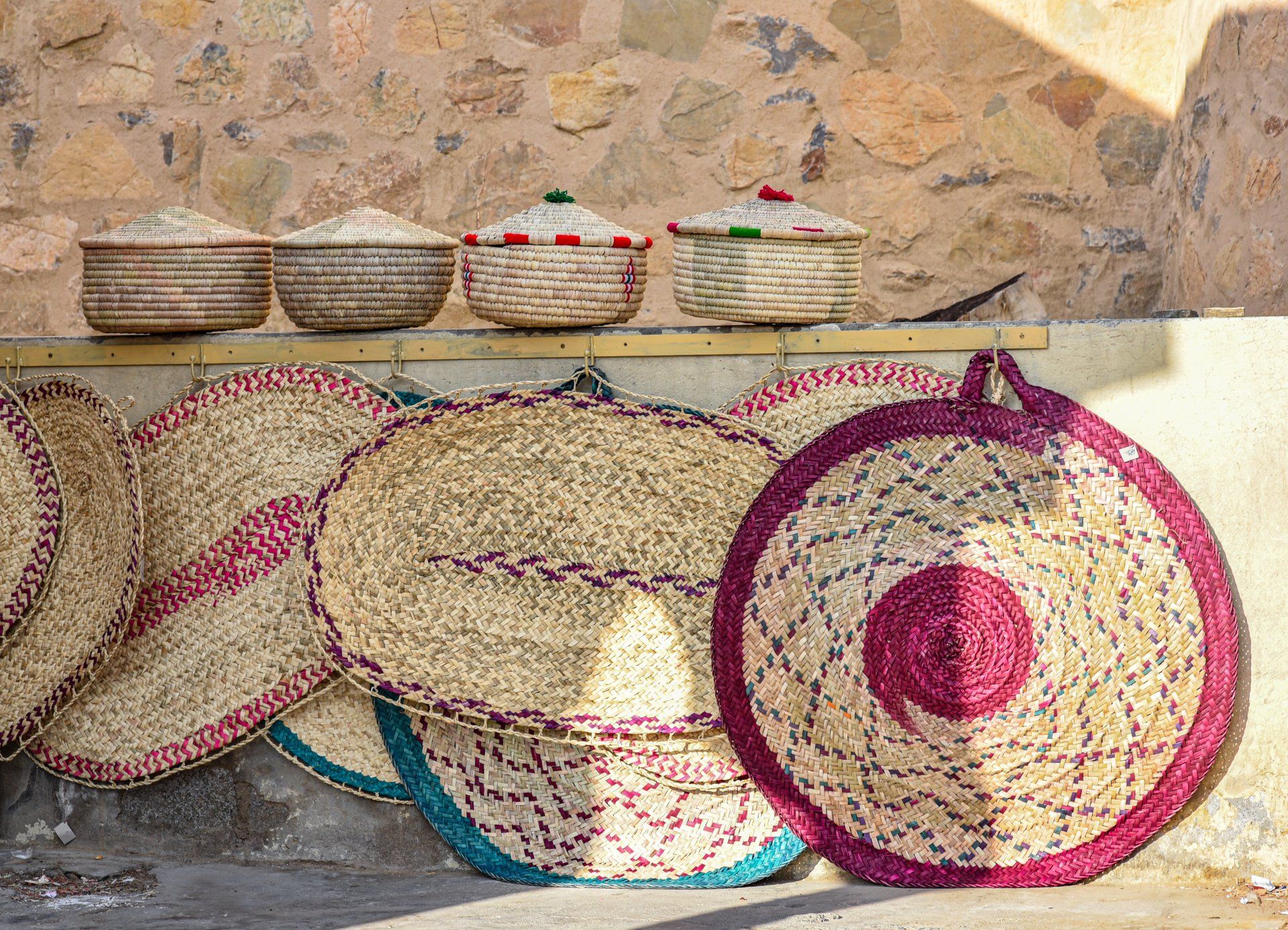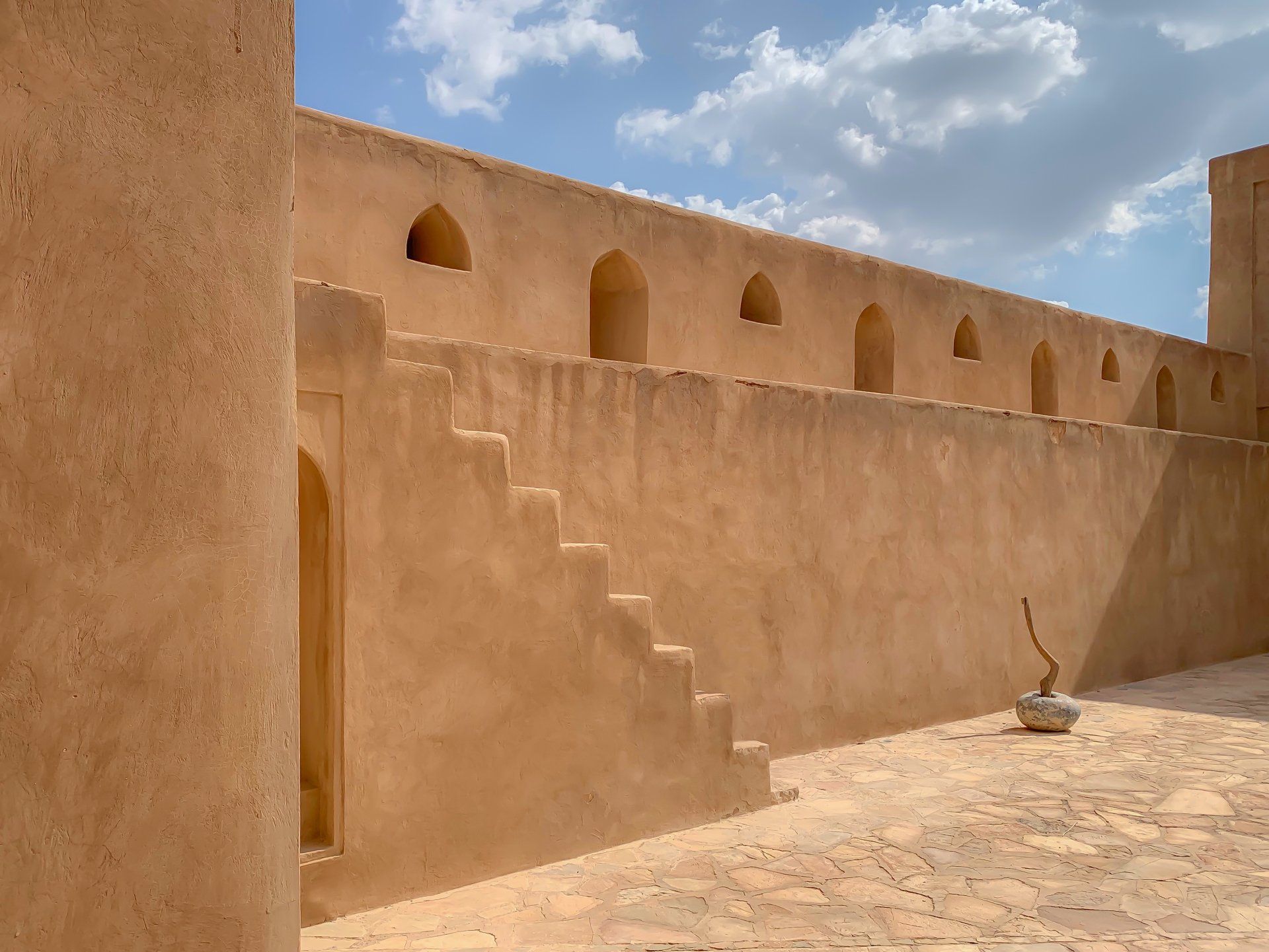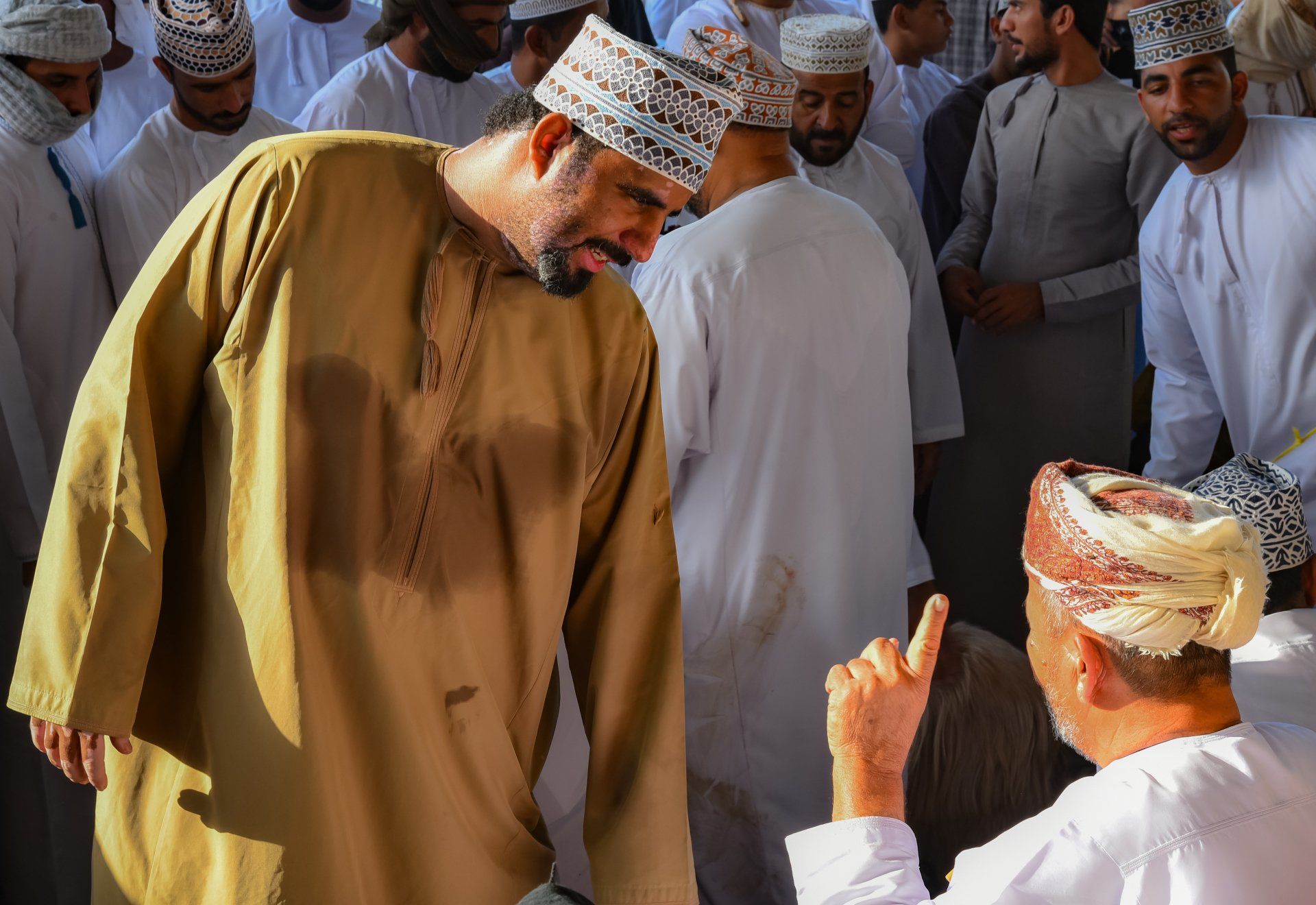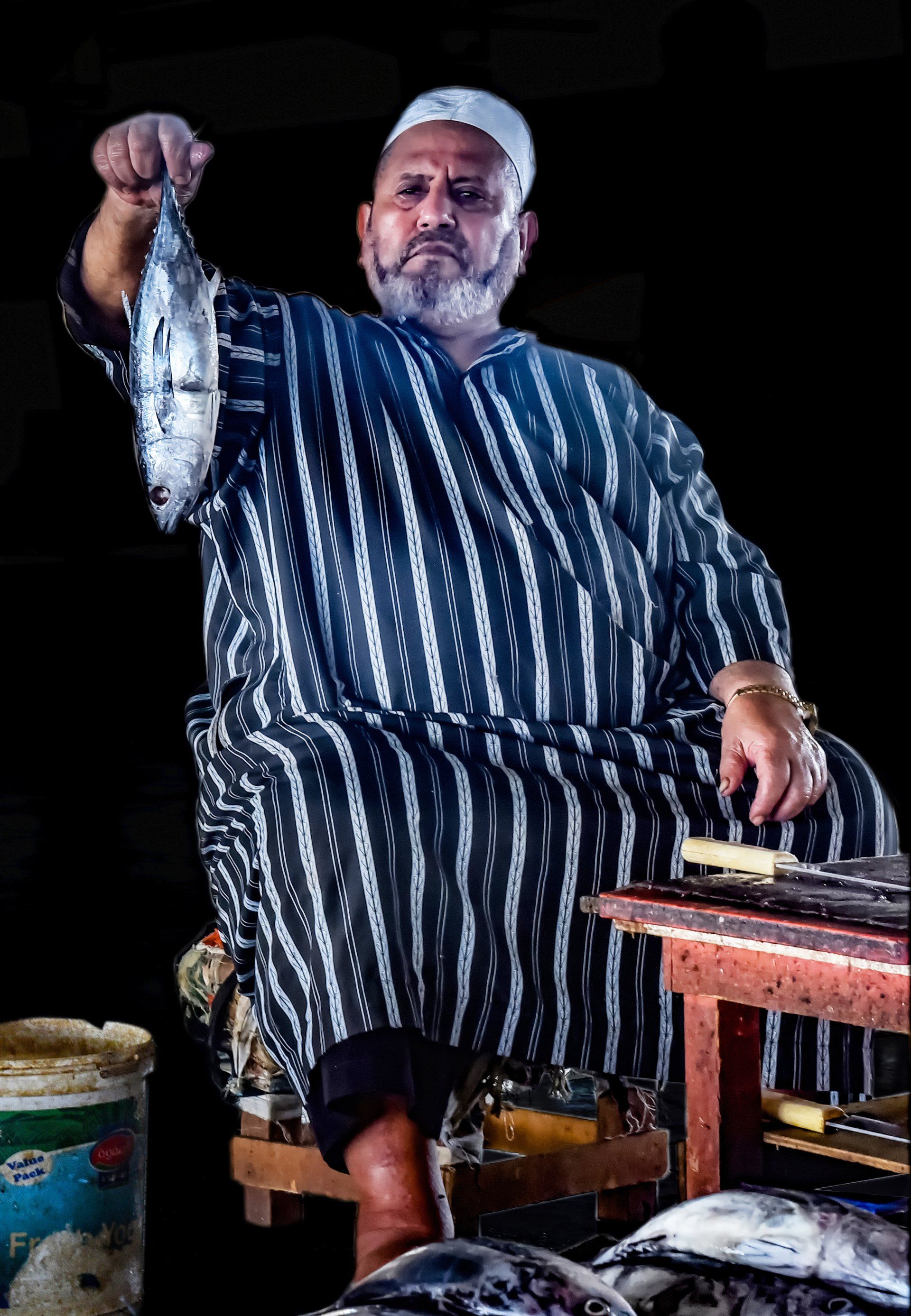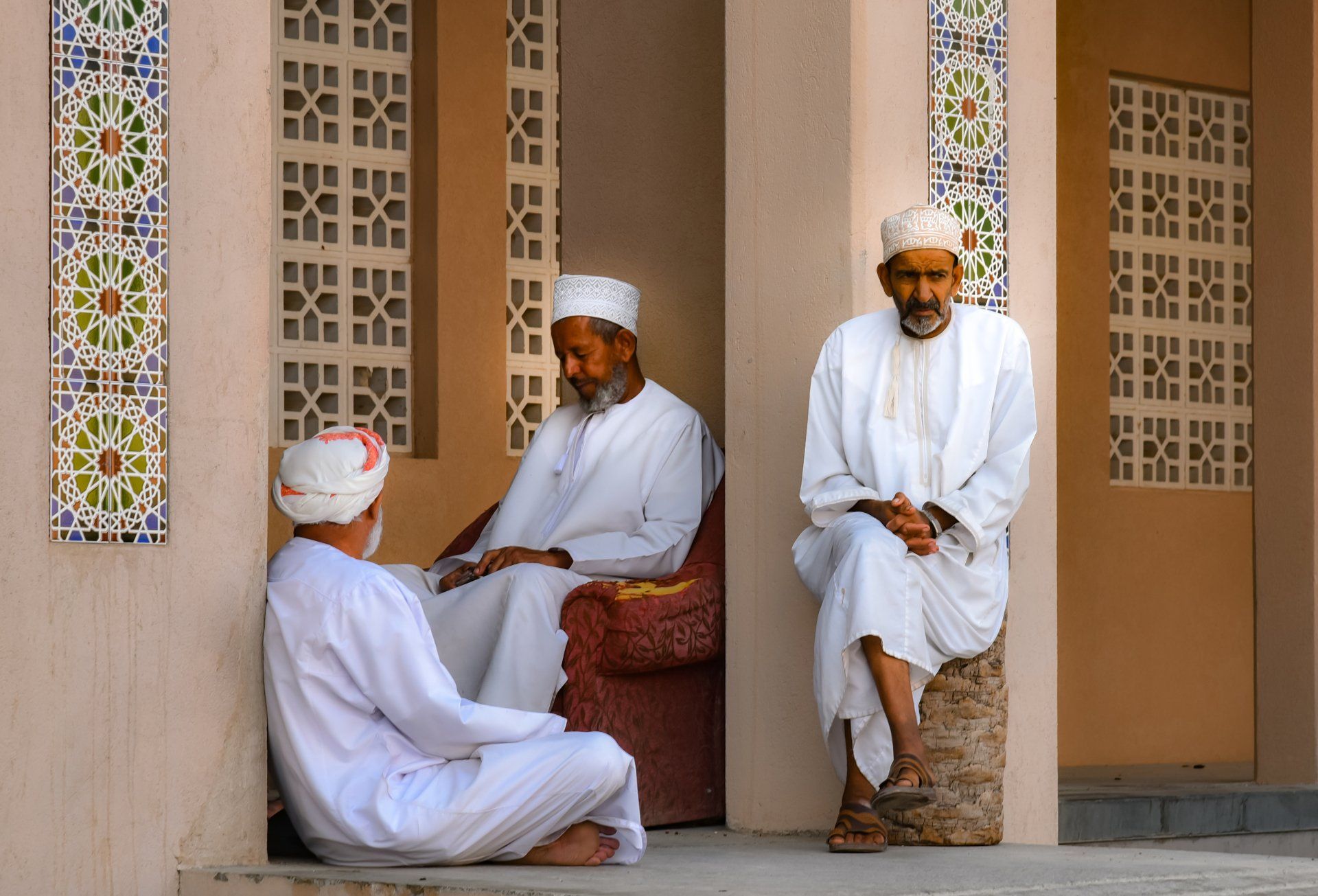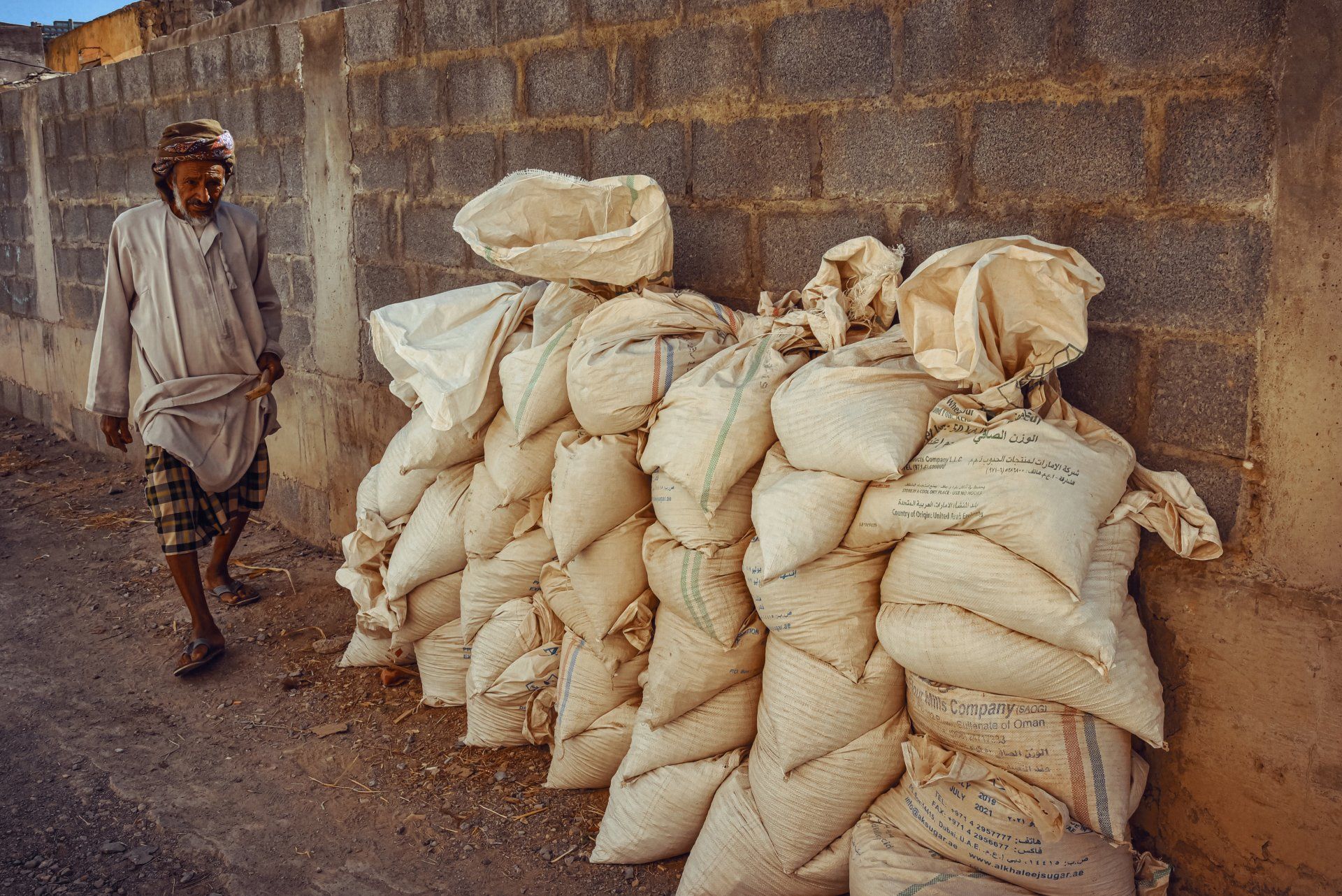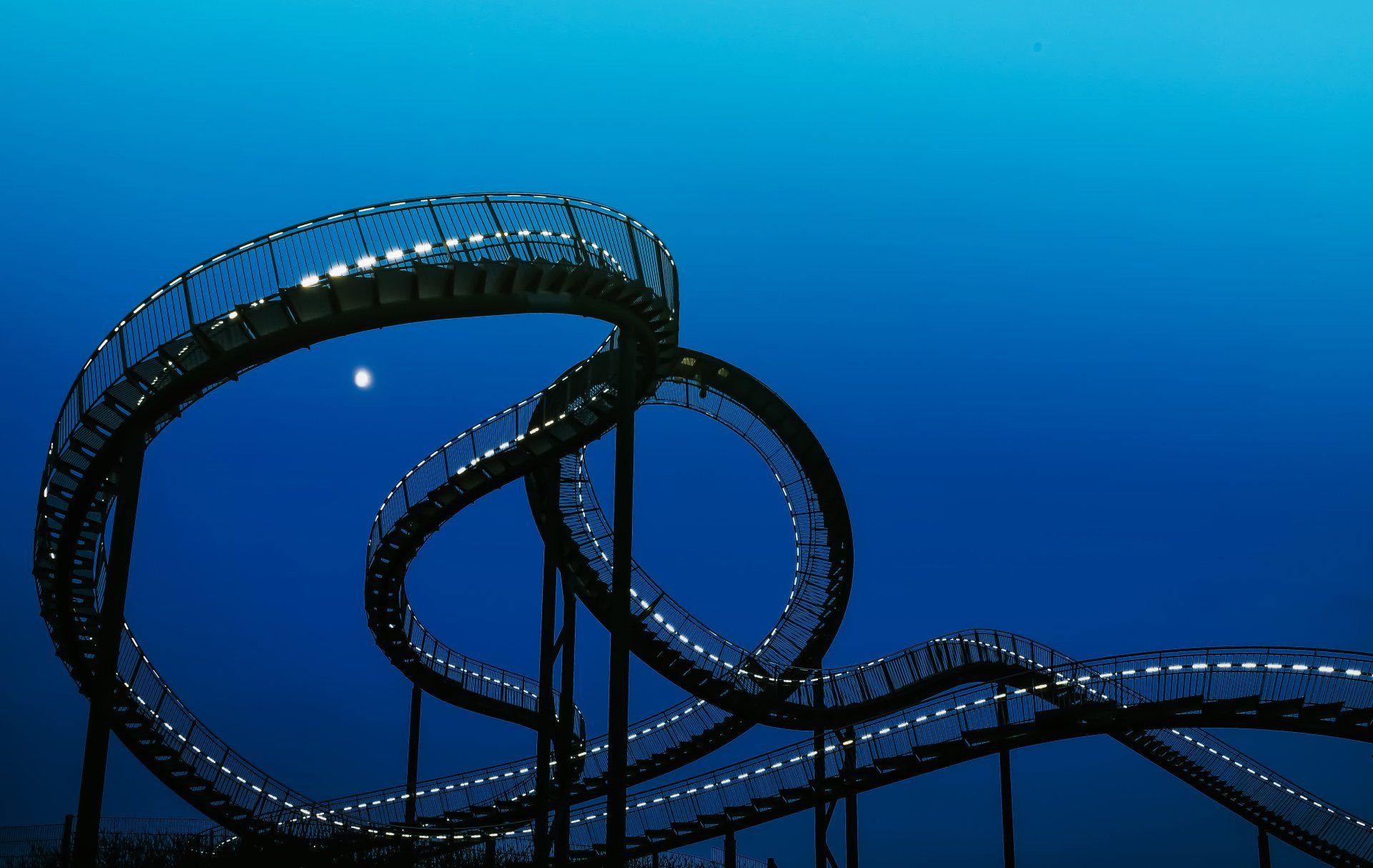Rich in nature and traditions, Oman is my favorite country in the Middle East. Poised on the southern end of the Arabian Peninsula, Oman shares borders with the United Arab Emirates, Saudi Arabia and Yemen — but it’s distinctively a world of its own. Oman’s economy has developed at lightning speed thanks to its oil wealth — but unlike neighboring UAE, it has successfully retained its Bedouin traditions, strong sense of identity and pride.
As such, traveling Oman gives a rare chance to experience the Arab kingdom without the distorting lens of excessive wealth and modernization. In the face of modernity, Oman’s sleepy fishing towns, spectacular mountains and wind-blown deserts remain at the heart of the Omani spirit.
For visitors, this offers a rare chance to engage with the Arab world without the distorting lens of excessive wealth. Oman's low-rise towns retain their traditional charms, and Bedouin values remain at the heart of an Omani welcome. With an abundance of natural beauty, from spectacular mountains, wind-blown deserts and a pristine coastline, Oman is the obvious choice for those seeking out the modern face of Arabia while wanting still to sense its ancient soul.
Oman ist reich an Natur und Traditionen und mein Lieblingsland im Nahen Osten. Oman liegt am südlichen Ende der Arabischen Halbinsel und grenzt an die Vereinigten Arabischen Emirate, Saudi-Arabien und den Jemen – aber es ist eindeutig eine Welt für sich. Omans Wirtschaft hat sich dank seines Ölreichtums blitzschnell entwickelt – aber im Gegensatz zu den benachbarten VAE hat es seine Beduinentraditionen, sein starkes Identitätsgefühl und seinen Stolz erfolgreich bewahrt.
Daher bietet eine Reise in den Oman die seltene Gelegenheit, das arabische Königreich ohne die verzerrende Linse von übermäßigem Reichtum und Modernisierung zu erleben. Trotz der Moderne bleiben Omans verschlafene Fischerdörfer, spektakuläre Berge und windumtoste Wüsten das Herzstück des omanischen Geistes.
Bahla & Jabreen Castle
Jabreen Castle is the most beautiful historic castle in the whole of Oman. This historic castle was constructed in the late 17th century and is located in Bahla in the Al Dakhiliyah Governorate about 175 KM away from Muscat. Jabreen Castle is different from other Omani forts because it was not built in the times of war and is not a fortification that was expanded by different Imams overs centuries. It is basically a palace constructed in times of peace by a ruler who was passionate about science and art and that made it the most beautiful historic castle found in the Sultanate.
Bahla Fort is one of the oldest and biggest forts in Oman, and the only fort in the country to be inscribed on the UNESCO World Heritage List. Bahla fort is massive and includes many towers, mosques, and wells.
People of Oman
Mosque Sultan Quaboos
Sultan Quaboss Moschee
Eines der größten und imposantesten Bauwerke im Oman ist die Sultan Qaboos Moschee in Muscat. Sie ist die wichtigste Moschee des Landes und gilt als eine der wichtigsten und größten Moscheen der Welt. Sie befindet sich in der Hauptstadt Muscat und besticht ihre Besucher mit den schönsten einzigartigen und traditionellen architektonischen Elementen.
Der gesamte Komplex wurde aus 300.000 Tonnen Sandstein gebaut und erstreckt sich über eine unglaubliche Fläche von 40.000 Quadratmetern.
Die Moschee bietet in ihrer Hauptgebetshalle Platz für 6.500 Gläubige und hat eine Gesamtkapazität von bis zu 22.000 Besuchern und Gläubigen, einschließlich der kleineren Hallen und Höfe.- Die Gebete werden in der Hauptgebetshalle auf einem der größten Teppiche der Welt geübt. Dieser mehr als 4.200 Meter breite Gebetsteppich ist ein meisterhaftes Kunstwerk, das aus vielen handgefertigten Einzelteilen von 600 Webern unter Verwendung von 22.000 Tonnen Teppichgewebe hergestellt wurde. Er ist 14 Meter hoch, wiegt acht Tonnen und ist mit Tausenden von Swarovski-Kristallen verziert. Der Kronleuchter wurde von der Firma Faustig aus der Nähe von München hergestellt und ist somit “Made in Germany”.
Die Gebetsräume bieten eine friedvolle Atmosphäre und sind mit weißem und grauem Marmor und Wandbildern versehen. Klassische arabische Bögen sind verziert mit kunstvollen Porzellan- und Holztäfelchen und ein gigantischer Lüster schmückt die Männergebetshalle. Eine umfangreiche Bibliothek, ein Seminarsaal und eine Madrasa (Institut für islamische Wissenschaften) sind ebenfalls hier beherbergt.
